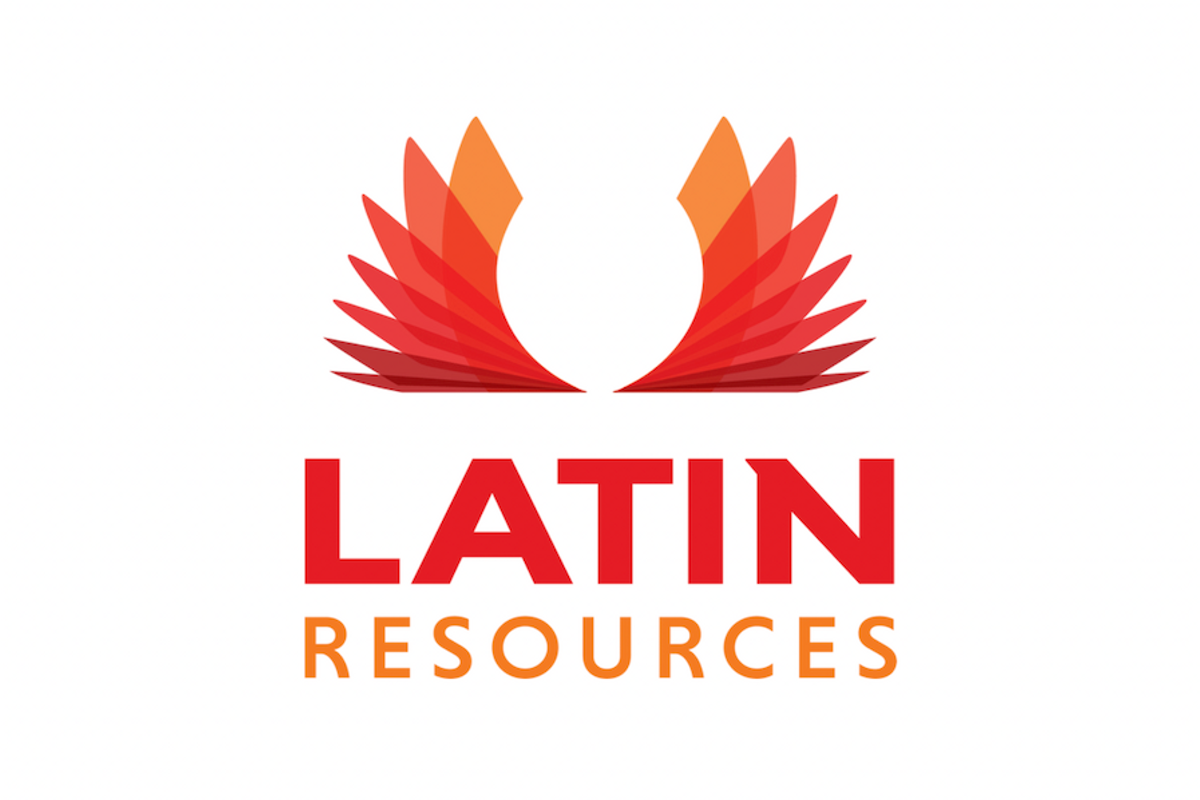Latin Resources Limited (ASX: LRS) (“Latin” or “the Company”) is pleased to provide an update in respect of resource definition drilling at the Company’s Colina Prospect which continues to return very encouraging results from detailed geological logging; as well as provide initial observations from drilling at the Company’s second target area, the Monte Alto Prospect.
HIGHLIGHTS
- Drilling at the Colina Prospect continues to show excellent results with logging confirming the down dip continuation and thickening of the previously intersected high-grade lithium pegmatites.
- The first two holes of the program have both intersected very wide pegmatites with a central core logged with significant spodumene. Intersections are notably wider than previous intersections in adjacent drillholes and confirm the significance of the Colina pegmatites.
- Resource definition drilling is ongoing, targeting a maiden resource estimate in late 2022.
- At Monte Alto drilling has shifted focus to the immediate area where re-mapping of outcrop has confirmed the presence of large weathered spodumene crystals at surface.
Colina Prospect – Resource Definition Drilling
Extensive resource definition drilling is now well underway at the Company’s Colina Lithium Prospect in Brazil (Appendix 1). The drilling campaign comprises an estimated 100 holes for approximately 22,000 - 25,000m, and will focus on a strike extent of 800m, where previous drilling has identified high-grade lithium bearing pegmatites (Figure 1 & Figure 2).
As previously reported, the first hole of the resource drilling campaign SADD0161 , has intersected a very wide 27.78 meters of coarse-grained fresh pegmatite, with geological logging identifying a core zone of 21.48 meters with a visual estimation of spodumene of over 20%. Logging of drill hole SADD0172 , drilled immediately down dip from SADD016, has also confirmed a significant intersection of spodumene bearing pegmatite, further demonstrating the strong continuity of the pegmatites at the Colina Prospect. Table 1 below, summarises the logged pegmatite intersections for both holes. Resource definition drilling is ongoing.
Cautionary note:
The Company stresses that the reported visually estimated percentages in Table 2 above, relate specifically to the abundance of spodumene crystals logged in the drill core and is not estimated lithium grade for the interval.
In relation to the disclosure of visual results, the Company cautions that visual estimates of mineral abundance should never be considered a proxy or substitute for a laboratory analysis. Assay results are required to determine the widths and grade of the visual mineralisation in preliminary geological logging. The Company will update the market when laboratory results become available.
Click here for the full ASX Release
This article includes content from Latin Resources Limited, licensed for the purpose of publishing on Investing News Australia. This article does not constitute financial product advice. It is your responsibility to perform proper due diligence before acting upon any information provided here. Please refer to our full disclaimer
here.





